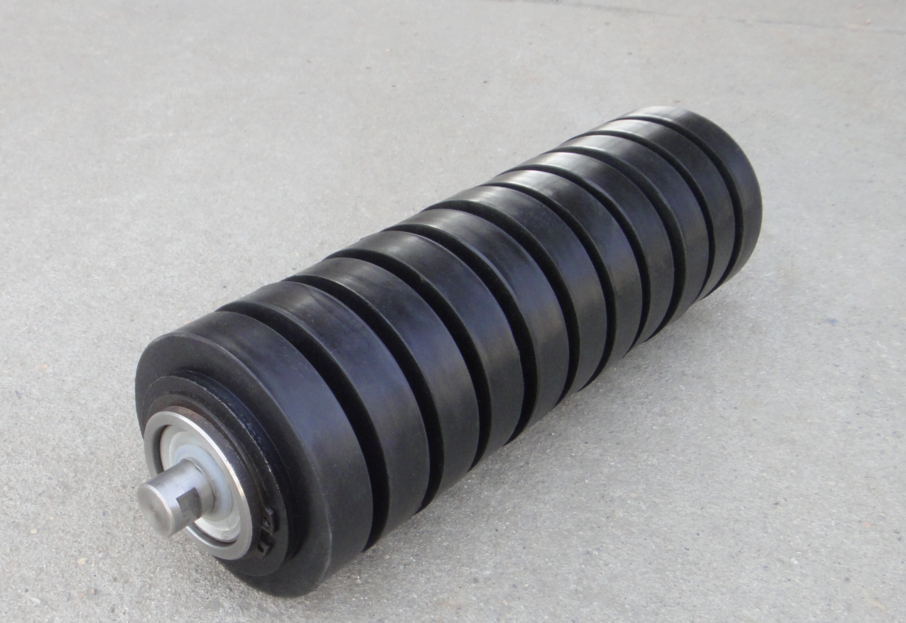 Afrikaans
Afrikaans  Albanian
Albanian  Amharic
Amharic  Arabic
Arabic  Armenian
Armenian  Azerbaijani
Azerbaijani  Basque
Basque  Belarusian
Belarusian  Bengali
Bengali  Bosnian
Bosnian  Bulgarian
Bulgarian  Catalan
Catalan  Cebuano
Cebuano  Corsican
Corsican  Croatian
Croatian  Czech
Czech  Danish
Danish  Dutch
Dutch  English
English  Esperanto
Esperanto  Estonian
Estonian  Finnish
Finnish  French
French  Frisian
Frisian  Galician
Galician  Georgian
Georgian  German
German  Greek
Greek  Gujarati
Gujarati  Haitian Creole
Haitian Creole  hausa
hausa  hawaiian
hawaiian  Hebrew
Hebrew  Hindi
Hindi  Miao
Miao  Hungarian
Hungarian  Icelandic
Icelandic  igbo
igbo  Indonesian
Indonesian  irish
irish  Italian
Italian  Japanese
Japanese  Javanese
Javanese  Kannada
Kannada  kazakh
kazakh  Khmer
Khmer  Rwandese
Rwandese  Korean
Korean  Kurdish
Kurdish  Kyrgyz
Kyrgyz  Lao
Lao  Latin
Latin  Latvian
Latvian  Lithuanian
Lithuanian  Luxembourgish
Luxembourgish  Macedonian
Macedonian  Malgashi
Malgashi  Malay
Malay  Malayalam
Malayalam  Maltese
Maltese  Maori
Maori  Marathi
Marathi  Mongolian
Mongolian  Myanmar
Myanmar  Nepali
Nepali  Norwegian
Norwegian  Norwegian
Norwegian  Occitan
Occitan  Pashto
Pashto  Persian
Persian  Polish
Polish  Portuguese
Portuguese  Punjabi
Punjabi  Romanian
Romanian  Russian
Russian  Samoan
Samoan  Scottish Gaelic
Scottish Gaelic  Serbian
Serbian  Sesotho
Sesotho  Shona
Shona  Sindhi
Sindhi  Sinhala
Sinhala  Slovak
Slovak  Slovenian
Slovenian  Somali
Somali  Spanish
Spanish  Sundanese
Sundanese  Swahili
Swahili  Swedish
Swedish  Tagalog
Tagalog  Tajik
Tajik  Tamil
Tamil  Tatar
Tatar  Telugu
Telugu  Thai
Thai  Turkish
Turkish  Turkmen
Turkmen  Ukrainian
Ukrainian  Urdu
Urdu  Uighur
Uighur  Uzbek
Uzbek  Vietnamese
Vietnamese  Welsh
Welsh  Bantu
Bantu  Yiddish
Yiddish  Yoruba
Yoruba  Zulu
Zulu Understanding the Mechanics of Drive Pulleys and Shaft Systems in Machinery Operations
Understanding Drive Pulley Shafts A Comprehensive Overview
In modern machinery and automotive engineering, the drive pulley shaft plays a crucial role in transmitting power from one component to another. This essential part, often made of durable materials like steel or aluminum, is designed to withstand significant stress and torque, ensuring efficient operation of various systems.
The Function of Drive Pulley Shafts
A drive pulley shaft functions primarily as a linkage between the engine and other components, such as the alternator, air conditioning compressor, and water pump. It converts rotational energy generated by the engine into mechanical energy that drives various parts of a machine or vehicle. The design and material of the shaft can significantly impact the overall performance, efficiency, and longevity of the equipment.
The drive pulley shaft operates in conjunction with pulleys and belts. The pulley, attached to the shaft, rotates as the engine turns, transferring motion through a belt to various accessories or machinery. This method of power transmission is advantageous due to its simplicity and efficiency, making it a popular choice in various applications from automotive to industrial machinery.
Materials and Design
The choice of materials for drive pulley shafts is crucial. High-strength steel is commonly used due to its durability and resistance to wear and fatigue. In some applications where weight reduction is essential, lightweight materials like aluminum or composite materials may be favored. The design of the shaft also involves specific engineering considerations such as diameter, length, and groove shapes for belt fitment.
An effective drive pulley shaft must also cater to vibration and misalignment issues
. When the components connected to the shaft are not aligned correctly, it can lead to increased wear and tear, possibly resulting in catastrophic failure. Therefore, precision in manufacturing and installation is vital to ensure optimal performance and longevity.drive pulley shaft

Maintenance and Troubleshooting
Maintaining the drive pulley shaft is essential for the smooth operation of machinery. Regular inspections can help identify signs of wear, corrosion, or misalignment. Lubrication of key components and checking for belt wear are also crucial maintenance tasks.
Common issues that can affect a drive pulley shaft include squealing noises, which often indicate worn-out bearings or belts, and vibrations that may signal misalignment or imbalance. Regular monitoring helps in early detection, preventing extensive damage and costly repairs.
Applications Beyond Automotive
While drive pulley shafts are widely recognized for their role in automotive systems, their applications extend far beyond that realm. They are utilized in various industrial machines, agricultural equipment, and even in devices like conveyor systems. The versatility of drive pulley shafts makes them integral to many mechanical systems, playing a vital role in agriculture, manufacturing, and construction.
The development of advanced technologies such as variable speed drives and electronic control systems further enhances the effectiveness of drive pulley shafts. These innovations allow for precise control over speed and torque, optimizing performance and energy expenditure.
Conclusion
In summary, drive pulley shafts are indispensable components in power transmission systems across numerous applications. Their function, material composition, and design are critical to ensuring the efficient operation of engines and machinery. Regular maintenance and timely troubleshooting can extend the lifespan of these components, ensuring that systems run smoothly and economically. As technology evolves, the future of drive pulley shafts looks promising, with ongoing advancements set to improve performance and reliability even further.
-
Revolutionizing Conveyor Reliability with Advanced Rubber Lagging PulleysNewsJul.22,2025
-
Powering Precision and Durability with Expert Manufacturers of Conveyor ComponentsNewsJul.22,2025
-
Optimizing Conveyor Systems with Advanced Conveyor AccessoriesNewsJul.22,2025
-
Maximize Conveyor Efficiency with Quality Conveyor Idler PulleysNewsJul.22,2025
-
Future-Proof Your Conveyor System with High-Performance Polyurethane RollerNewsJul.22,2025
-
Driving Efficiency Forward with Quality Idlers and RollersNewsJul.22,2025





























